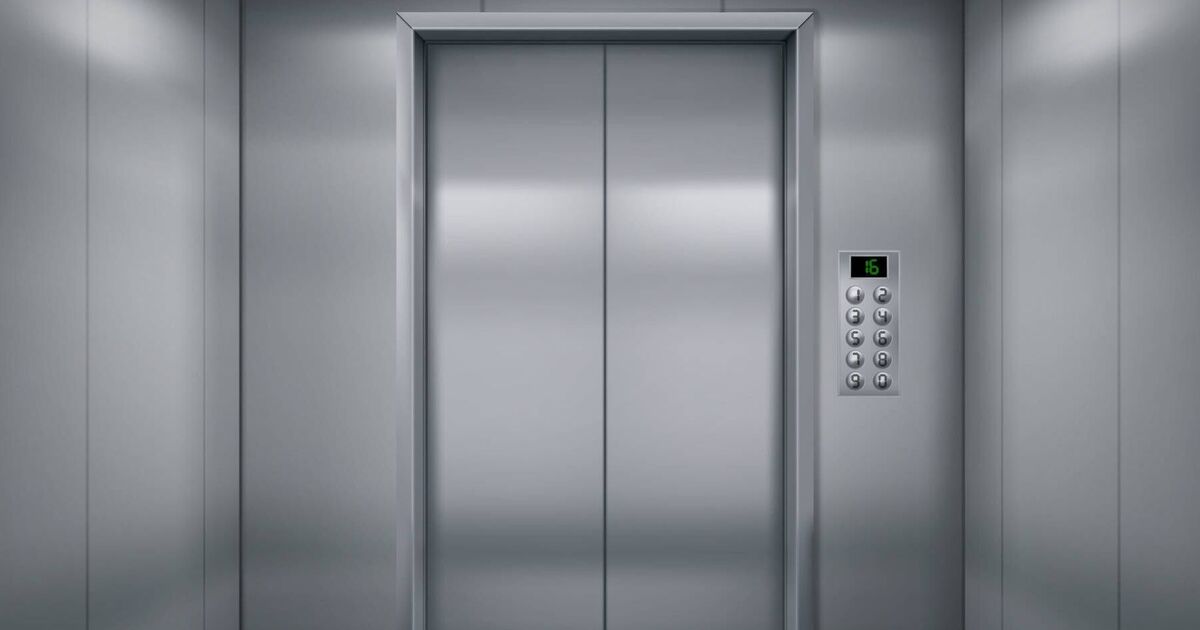A colleague was left traumatised after witnessing a doctor being decapitated by a lift in a horrific hospital accident.
Hitoshi Nikaidoh, 35, was entering a second-floor lift at Christus St. Joseph Hospital, in Houston, Texas, the US, when the doors abruptly closed, trapping his shoulders. His head was severed as the lift ascended.
A hospital employee witnessed the gruesome incident and was trapped inside the lift with the surgical resident’s body for approximately 20 minutes before firefighters could rescue her. According to hospital spokesperson India Chumney Hancock, the woman who saw the horrifying event was treated in the hospital’s emergency room.
Harris County medical examiners conducted an investigation into the incident and police reported maintenance crews had serviced the lift earlier in the week. The entire bank of lifts was shut down while the investigation took place.
Dr Niakaidoh was born in Japan and relocated with his family to Connecticut as a child. He graduated from the University of Texas-Houston Medical School in June 2003, following his father’s path into the field of surgery, reports the Mirror.
The investigation determined a single additional wire was the cause of the accident in elevator 14 where Dr Nikaidoh lost his life.
If the lift had been correctly configured, only one wire, not two, would have been connected to one of the numerous controller studs in the elevator control system. This vacant space would have allowed the sensors to operate properly, and the victim would have been freed without injury.
While the mispositioned wire was deemed the primary cause of Nikaidoh’s death, worryingly, it was just one of several instances of negligent maintenance work on Elevator 14.
During his investigation into the lift, Chief Elevator Inspector Ron Steele from the Texas Department of Licensing and Regulation discovered no less than 22 code violations. The lift was also a month overdue for its annual inspection.
Fire House reported elevators and escalators kill approximately 30 and injure around 17,100 people each year in the United States, according to data provided by the U.S. Bureau of Labour Statistics and the Consumer Product Safety Commission.
Historical records attribute the construction of the first elevator to the ancient Greek engineer and inventor Archimedes. It is believed he created a rudimentary design using hemp rope and manual power in the year 236 B.C..
Since then, the design and technology have advanced, and while elevators are now considered a relatively safe mode of transport, problems do occasionally occur.
According to Crieff Law Firm, it’s estimated that only one in 12 million lift journeys experiences a problem. Even then, the majority of these issues are typically minor inconveniences such as sticky doors or unresponsive buttons.
The law firm highlighted that statistically, you’re far more likely to sustain an injury or lose your life due to a slip and fall accident on a staircase than during a lift ride.

